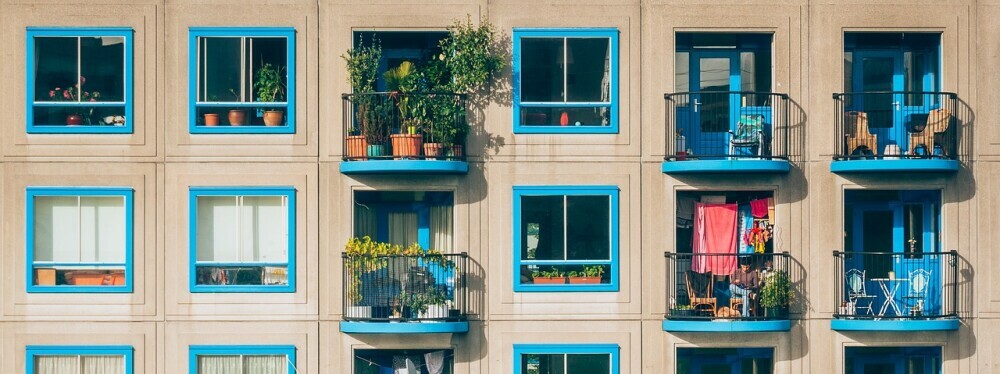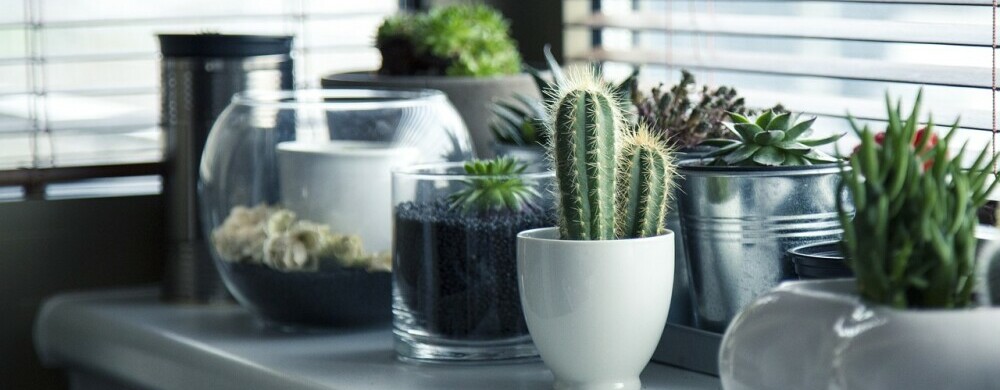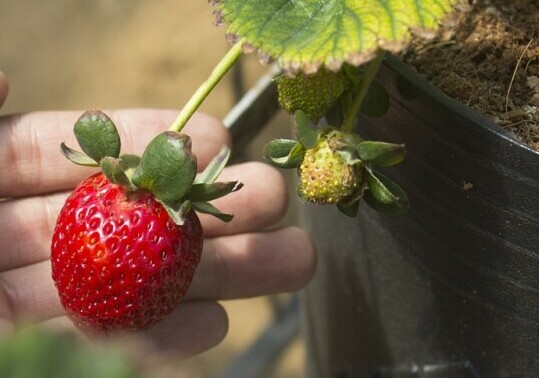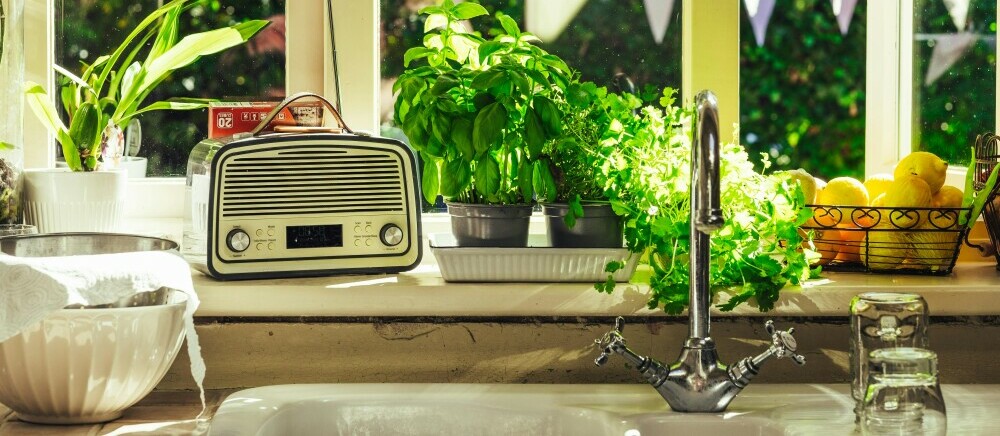
Welcome to the world of urban gardening, where the hustle and bustle of city life meets the serene beauty of nature. If you’re dreaming of a green sanctuary in your apartment, I’m going to show you how to bring that vision to life, no matter the size of your space.
You might be thinking that apartment living leaves little room for gardens, but that couldn’t be further from the truth. What you’ll find out is that urban gardening is not only possible, it’s also incredibly rewarding. It transforms your living space into an oasis that cleans the air, reduces stress, and even offers fresh herbs and veggies if you so choose.
This isn’t just about adding a pop of color to your windowsill; it’s also about creating a living environment that brings you joy every day. Don’t worry too much about the size constraints. With a few creative strategies, even the smallest spaces can sprout new life.
By the end of this article, you’ll have the confidence to start your very own apartment garden. You’ll learn how to choose the right plants for your space, make use of the most effective tools, and care for your greenery in a way that fits into your busy lifestyle. Choose something that resonates with you, be it aromatic herbs, vibrant flowers, or even succulent plants.
Now, let’s talk about the types of plants that are perfect for your apartment garden. While it’s tempting to pick up any that catch your eye, selecting the right ones is key to a thriving garden in a confined space.
Choosing Your Plants Wisely: What Works in Limited Spaces

When it comes to apartment gardening, the ‘right plant’ isn’t just about what you love; it’s about what will love living in your apartment. Start by assessing the amount of light different areas receive throughout the day. Bright, sunlit spots invite a variety of herbs and small fruiting plants, while areas with indirect light are great for shade-loving greenery.
For those of you looking to grow your own food, herbs like basil, cilantro, and chives are a great place to start. They don’t need much room and can add fresh, aromatic flavors to your cooking. If you’ve got a sunny window, why not try cherry tomatoes or strawberries? These are remarkably rewarding as they can produce a bountiful harvest in small pots or hanging baskets.
Ornamental plants are not just about looks; they can also purify the air and boost your mood. Snake plants, philodendrons, and peace lilies are popular because they flourish indoors with minimal fuss. Their ability to tolerate lower light and irregular watering makes them perfect for the sometimes forgetful gardener.
Succulents are the go-to for busy people because they thrive on neglect. Aloe vera, echeverias, and jade plants need very little water, making them well-suited for the drier climate of a heated or air-conditioned apartment.
No matter your choice, remember that growing plants in an apartment often means dealing with limited soil volume. This impacts not just water retention and nutrient supply but also plant size and health. It’s vital to choose the right soil and consider using pots with good drainage to prevent root rot.
Essential Tools and Resources for the Apartment Gardener

Successful apartment gardening is as much about the tools and resources you have at hand as it is about your green thumb. You’ll be delighted to know that you don’t need a shed full of equipment to cultivate a lush indoor oasis. A few key tools can make a world of difference.
Your toolkit should include some basics, like a sturdy watering can, clean pruning shears, a compact rake, and perhaps a trowel. These are your garden workhorses, playing a vital role in plant care and maintenance. Choose tools that feel good in your hands and don’t take up too much space.
Don’t overlook the power of vertical gardening – it’s a game changer for space efficiency. Investing in shelves and hanging planters can free up valuable floor space while transforming your walls into a green spectacle. Think outside the pot: macrame hangers, wall pockets, and modular systems can be both functional and stylish.
Quality soil is also paramount; it’s where your plants’ roots call home. Opt for a premium potting mix that provides adequate drainage and nutrient retention. And don’t underestimate the benefit of fertilizers, especially if you’re growing edibles. They replenish nutrients and promote vigorous growth, helping your indoor veggies and herbs flourish.
Lastly, if your place isn’t blessed with ample sunlight, you might find that certain plants struggle to thrive. However, you can always mimic the sun’s rays with growing lights. These can range from simple lamp-style lights to full-spectrum LED arrays, ensuring your plants get the light they need to photosynthesize properly.
Maintaining Your Garden: Tips for Busy Urbanites

I’m going to level with you; keeping your apartment garden lush and healthy requires a bit of regular attention. But don’t worry too much about it being time-consuming. You can always adjust your approach down the road as you learn more about your plants’ needs. Here’s the rundown on maintenance.
Firstly, I recommend setting a simple routine. Just like you, your plants thrive on consistency. Choose something that resonates with you, whether it’s a morning watering ritual or an evening check-in after work.
Speaking of watering, you’re going to find out that each plant has its own preferences. Some like their soil to dry out between drinks, while others prefer a constant level of moisture. Invest in a good watering can and, if you tend to forget, a reminder app can be your best friend here.
Now, pests can occasionally crash your plant party. If they do, keep calm and go for natural pest control methods. Introduce beneficial insects or use organic sprays that don’t harm your indoor environment.
Finally, plants are a bit like us—they grow and change. You might need to prune them, repot them, or adjust their location based on how much light they receive. Don’t be afraid to tweak things. Your first attempt doesn’t need to be your last. Remember, your garden should evolve just as you do.
